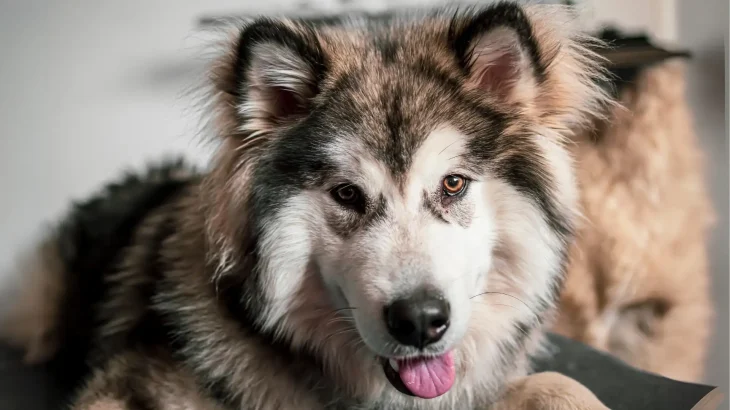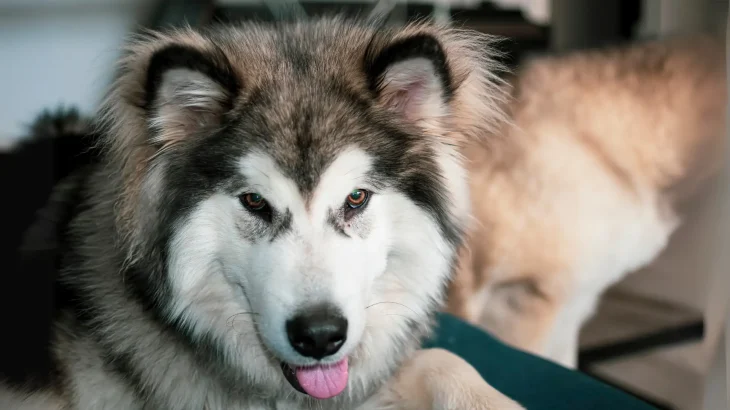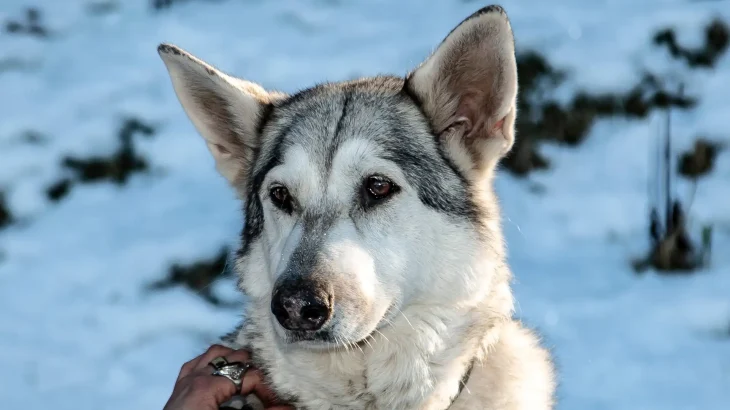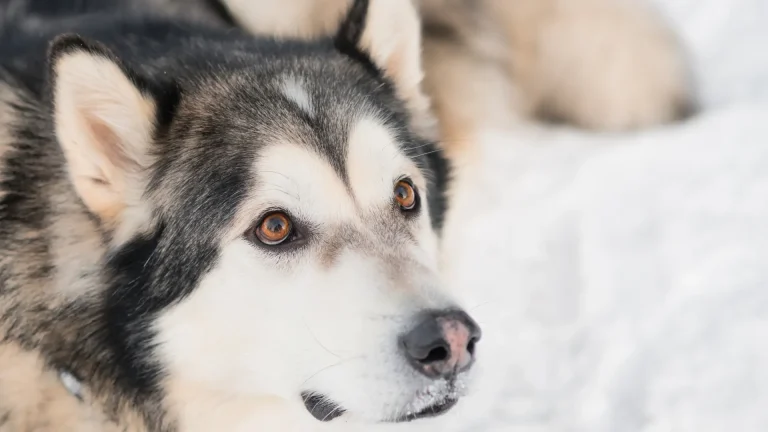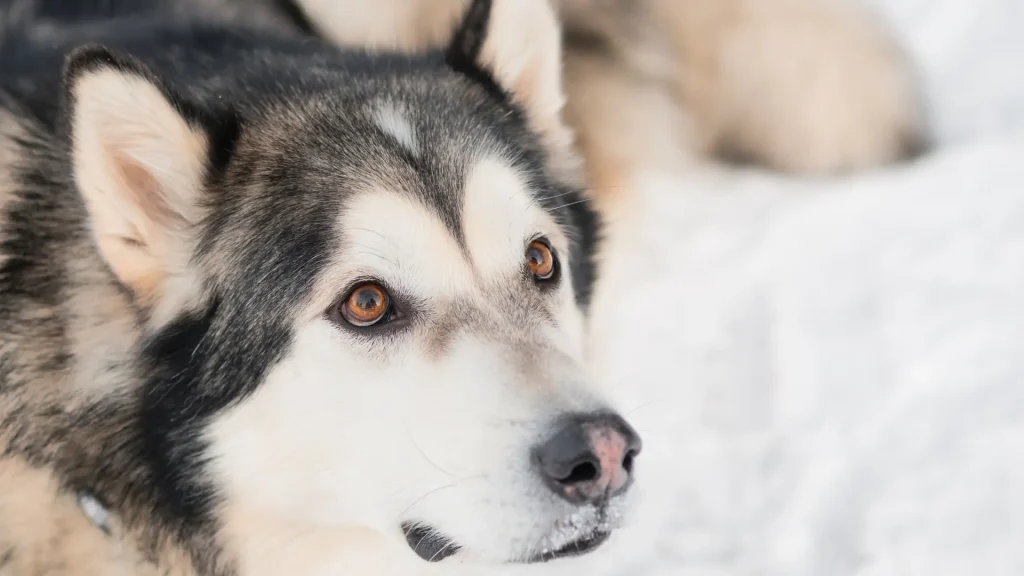Pet insurance is an important consideration for owners of the Canadian Inuit Dog, a strong and active breed known for endurance. While generally healthy, unexpected health issues or accidents can lead to costly vet bills. Pet insurance can help cover treatments, surgeries, and sometimes liability claims. Understanding what insurance covers and potential costs is key to deciding whether to insure this breed. This section explores pet insurance coverage, alternatives, and scenarios where insurance helps.
Health and Surgery Coverage
Pet insurance usually covers expenses for illnesses, injuries, and surgeries. For the Canadian Inuit Dog, active and adventurous, accidents like breaks or sprains can happen, sometimes requiring surgery. Insurance can ease the financial burden of unexpected vet bills. However, many policies exclude pre-existing conditions and may not cover routine care or vaccinations. Owners should review details carefully. Benefits include peace of mind and financial support; downsides include premium costs and claim limits.
Liability Coverage
Liability coverage may be included or purchased separately, protecting owners if their dog causes injury or property damage. Given the Canadian Inuit Dog's strength and protective nature, liability claims are possible but uncommon. This coverage adds security but can raise premiums and may not be needed for all owners depending on lifestyle and behavior.
Alternatives to Traditional Pet Insurance
Some owners create savings for emergencies or use credit for immediate care. While flexible, these lack risk sharing and leave owners exposed to high costs from serious health issues. For the Canadian Inuit Dog, costly treatments may not be manageable without insurance.
Owner's Out-of-Pocket Responsibilities
Even with insurance, owners often pay deductibles, copayments, or uncovered services. Routine care, some medications, or costs above limits remain out-of-pocket. Knowing these costs helps owners plan and avoid surprises, especially for a breed that may need specialty care.
Illustrative Scenario Highlighting the Need for Insurance
Imagine a Canadian Inuit Dog hiking and accidentally ingesting a toxic substance. Emergency treatments including hospital care and antidotes can be very expensive. Without insurance, owners face large bills that may delay care. Insurance eases this burden, ensuring timely treatment without financial stress.


